Let’s say it right off the bat: Christina Sunae’s eponymous restaurant Sunae Asian Cantina is a joy to experience in person.
It may be stating the obvious when you first walk into the 140-seater space. But after over two years of uncertainty threatened and thwarted the “elevated” Southeast Asian restaurant’s arrival in Manila, the Korean-American chef is fully embracing a resurgence and getting a second wind with punchy new dishes that pummels—in a good way—palates on beautiful, sumptuous plates.
Akin to a confessional of the food culture she grew up in and loved, Sunae’s crackling candor shines on both “old” and new items. And in the face of a pandemic that could have easily sowed doubt or, worse, shattered her spirits as she stayed in Argentina awaiting the pandemic to wane, Sunae, alongside partner Carlo Lorenzana of the Nikkei Group, held nothing back in her virtual second coming.
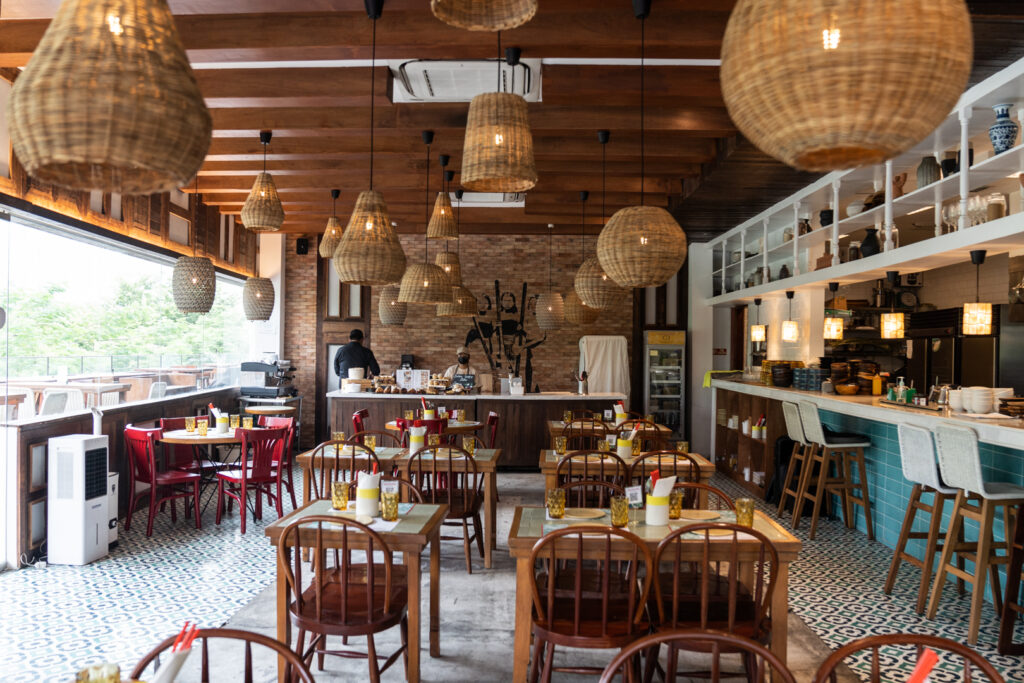
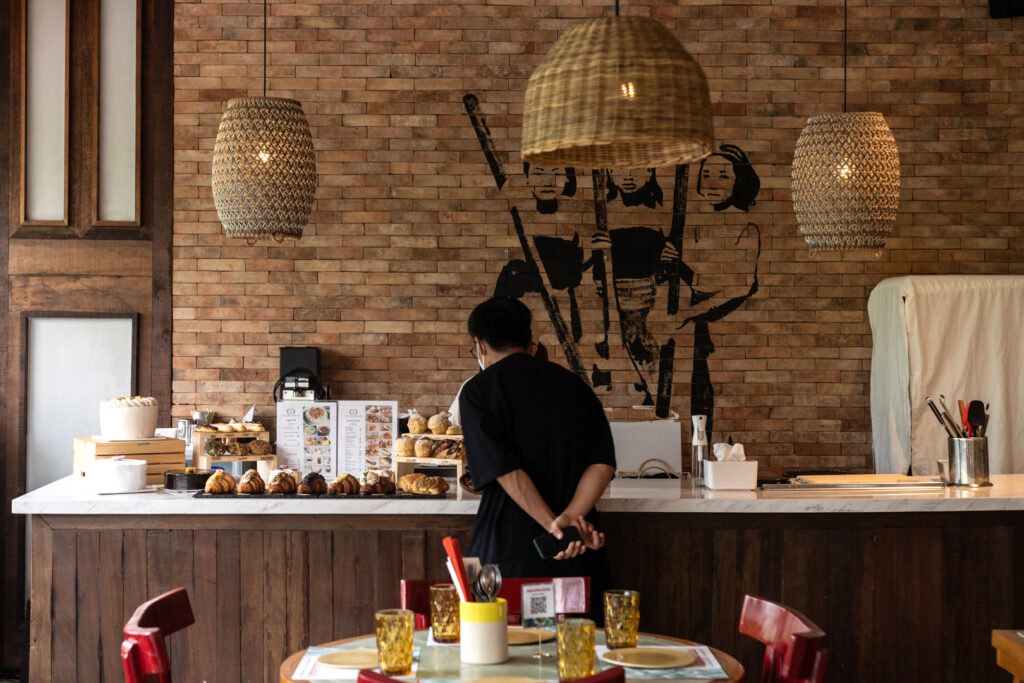
“In the beginning [of the pandemic] I was like ‘I’ll be back in a couple of months to finish’ and then a couple of months passed and it’s like ‘We don’t know what’s going on,’” she admits. “Honestly, I was scared.”
Of course, Sunae survived with “takeout, delivery, what everybody was doing” while back in Buenos Aires. She also found herself in various spotlights, appearing in an episode of “Masterchef” where she served as guest judge. “That was a big push here as well as my restaurants in Argentina.”
On the flip side, the result of this strange state of suspension is a masterful menu littered with food that’s cheerful and refreshing, and an outlook that builds on quintessential Sunae.
“In the beginning [of the pandemic] I was like ‘I’ll be back in a couple of months to finish’ and then a couple of months passed and it’s like ‘We don’t know what’s going on,’” Christina Sunae admits. “Honestly, I was scared.”
“I’ve had two and a half years to work on dishes,” she says with a laugh. “I thought about the dishes that were best received and had the most flavor.”
Known for wielding herbs, peanut sauce, and flavor with confidence, the seasoned chef drew upon a trend happening in her neighborhood in Argentina where “everybody’s eating vegetarian food.”
“I started focusing on healthier vegetarian food instead of using pork and we came up with dishes like a garbanzo curry puff and rice crackers with peanut sauce and fresh herbs. Just coming up with dishes in Argentina so when I come here I’m ready to go,” she says, revealing that Filipinos can expect more vegan dishes to be rolled out in the coming months, including a burnt cabbage dish with a sesame oil peanut sauce and possibly a fermented tofu creation she’s been working on for about three years.
Christina Sunae and her well-catered cantina
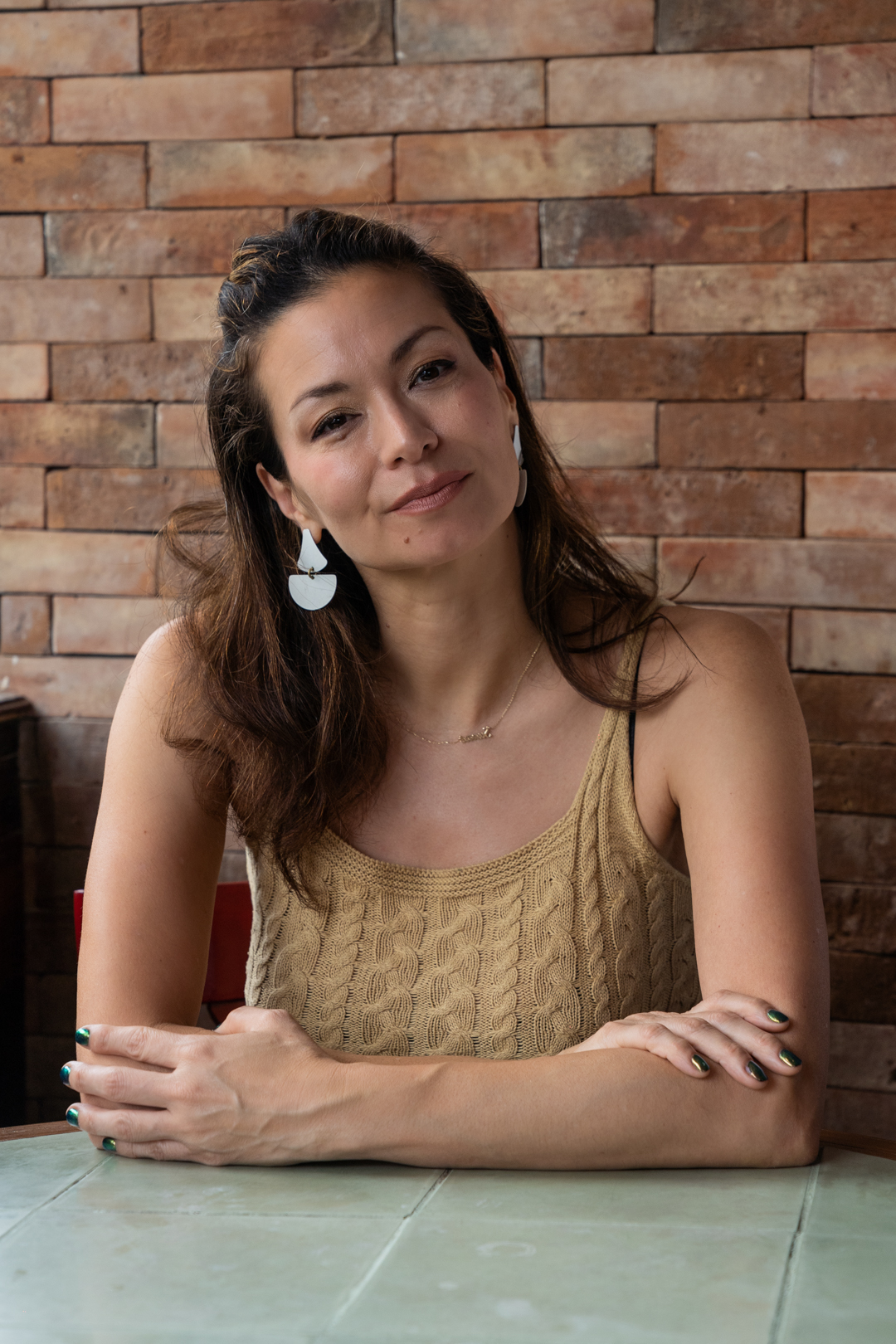
Shuffle through her undeniably brazen menu and you’ll get an inkling that Sunae designed it to evoke memories, allude to regional flavors, and honor multicultural inclinations.
Crowd favorites Prawn Tempura Pao, which now uses cuttlefish ink bun, and Rendang Pao (beef brisket, aioli, peanuts, cilantro, chili oil) are effortlessly rich and spicy. Those looking for curry will also be rewarded with Sunae’s delightful renditions.
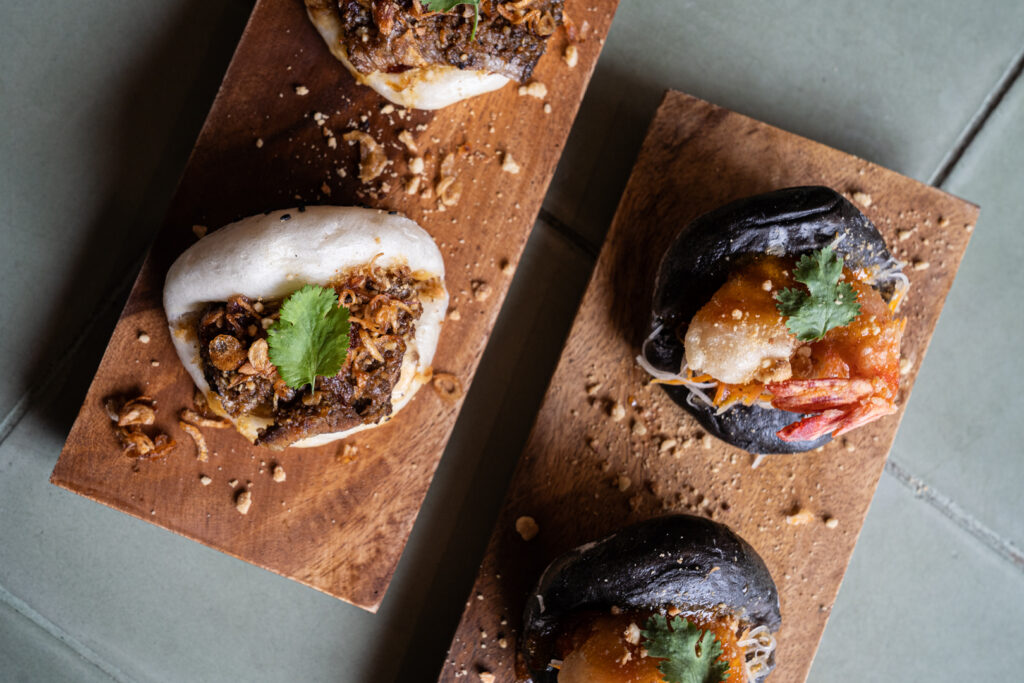
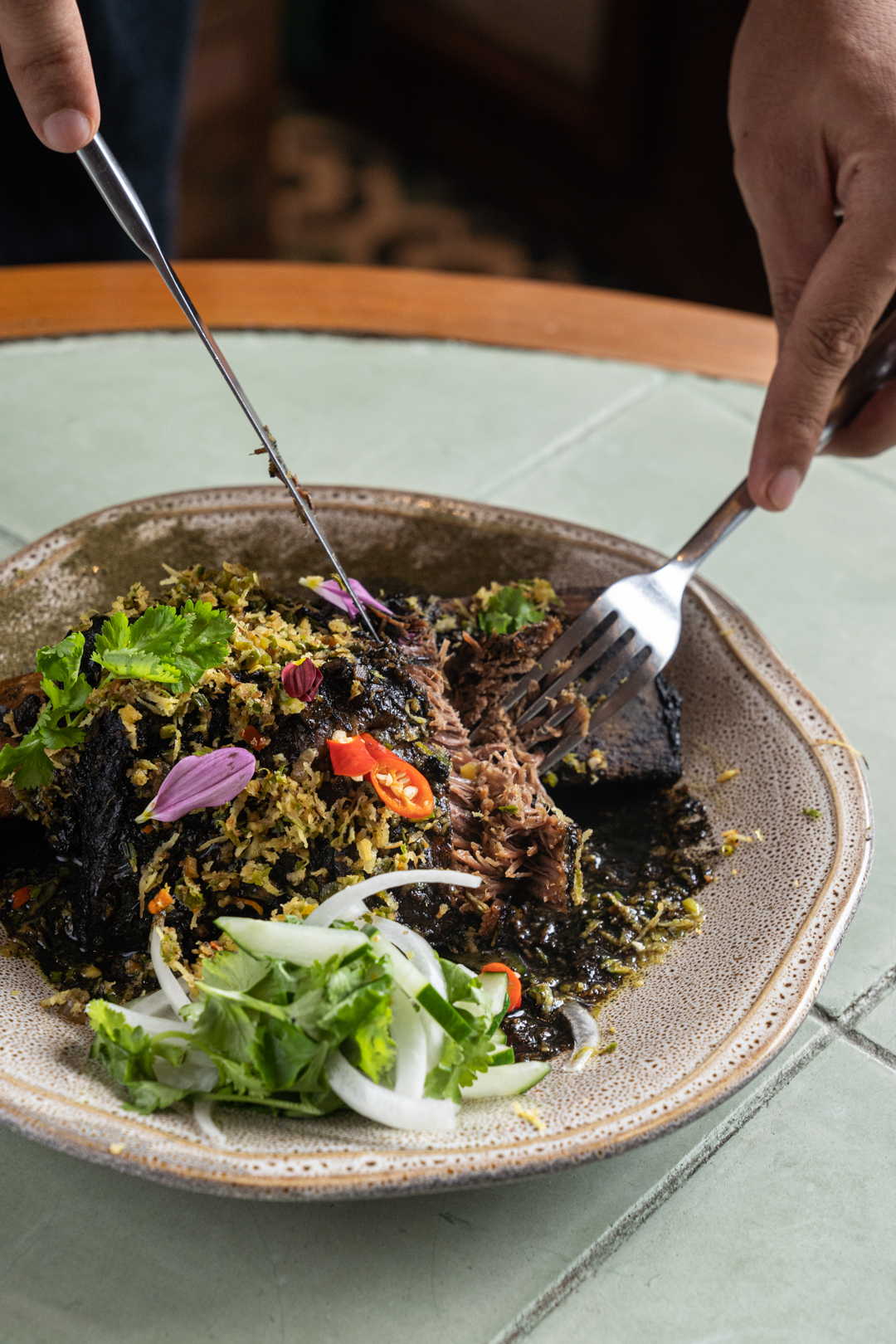
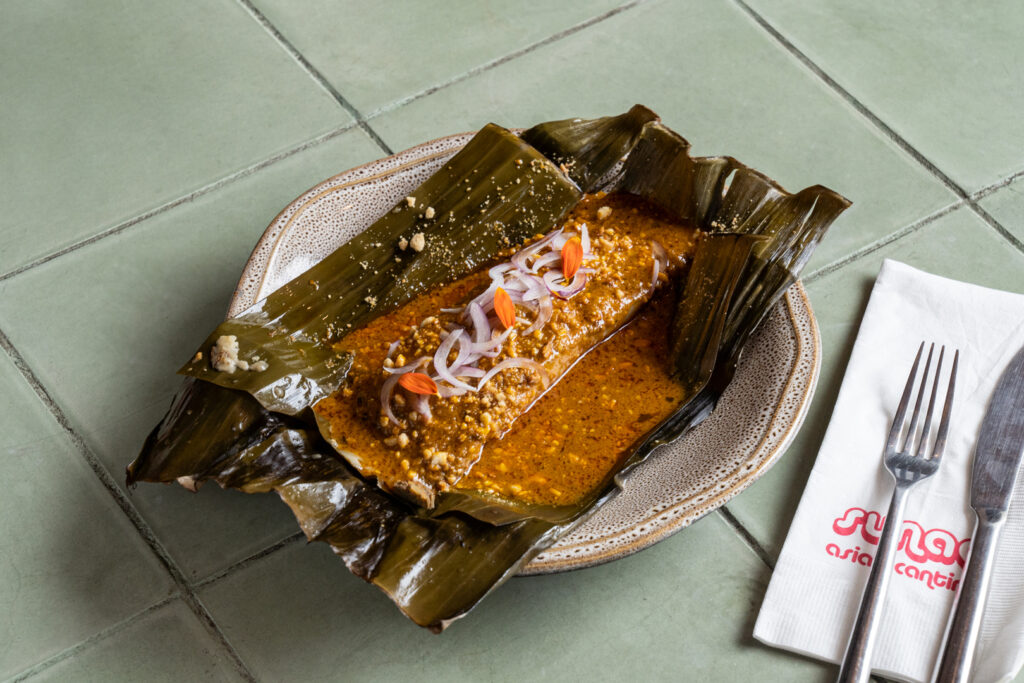
First, a burnt coconut curry that pays homage to Mindanao with its Filipino Muslim burnt coconut sauce coating the braised beef ribs. Each bite is curiously warm, thanks to the deft combination of herbs and spices. Then there’s the Blue Crab Curry that demands attention not only for its gorgeous color but also for the precise way Sunae incorporated sigarilyas into the dish.
But it’s the tamal set to be launched in October that is Sunae’s ace up her sleeve. “I’m making a tamal that’s a little mix of everything.” And by that she means dialing it up a notch by fusing curried lamb and atsuete with rice and coconut masa.
“It’s not your normal Filipino tamal, which is very mild. This one punches you right in the face when you’re not expecting it but you still get that homey feel when you eat it… like your grandmother made it.”
A successful menu update fulfills a new vision
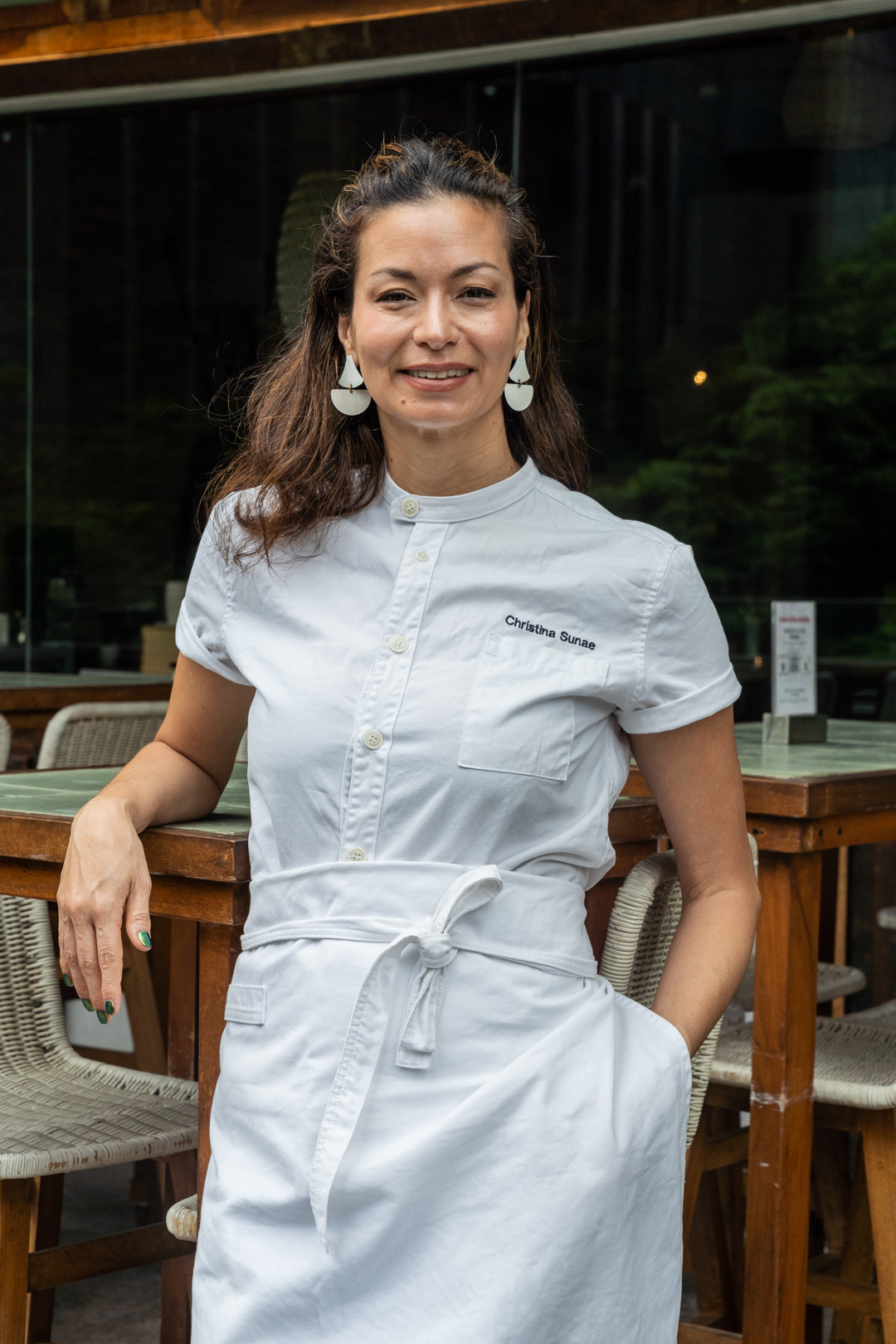
Innovating a menu may not always appeal to everyone but Sunae makes a case for it with a charismatic incredulity. “If I don’t change the menu, I’m bored out of my mind. And I get sick of eating the same food over and over again,” she says. “If I feel like that, then the client will probably feel like that, too.”
That said, there are dishes that do need to remain simply because people patronize a restaurant just to eat a specific dish. Menu re-engineering also needs to be done right to optimize the restaurant into a better position than it was before.
Innovating a menu may not always appeal to everyone but Christina Sunae makes a case for it with a charismatic incredulity. “If I don’t change the menu, I’m bored out of my mind. And I get sick of eating the same food over and over again,” she says. “If I feel like that, then the client will probably feel like that, too.”
“You have to think about what the client is looking for as well. You don’t want to put something on the menu that’s not going to sell. When you have a business, the first thing you think about is ‘Are my clients going to eat this?’ And then you go into creativity. I always make things that I like to eat and I’d hope everyone else would like to eat, too.”
Filipino food culture for a Spanish-speaking audience
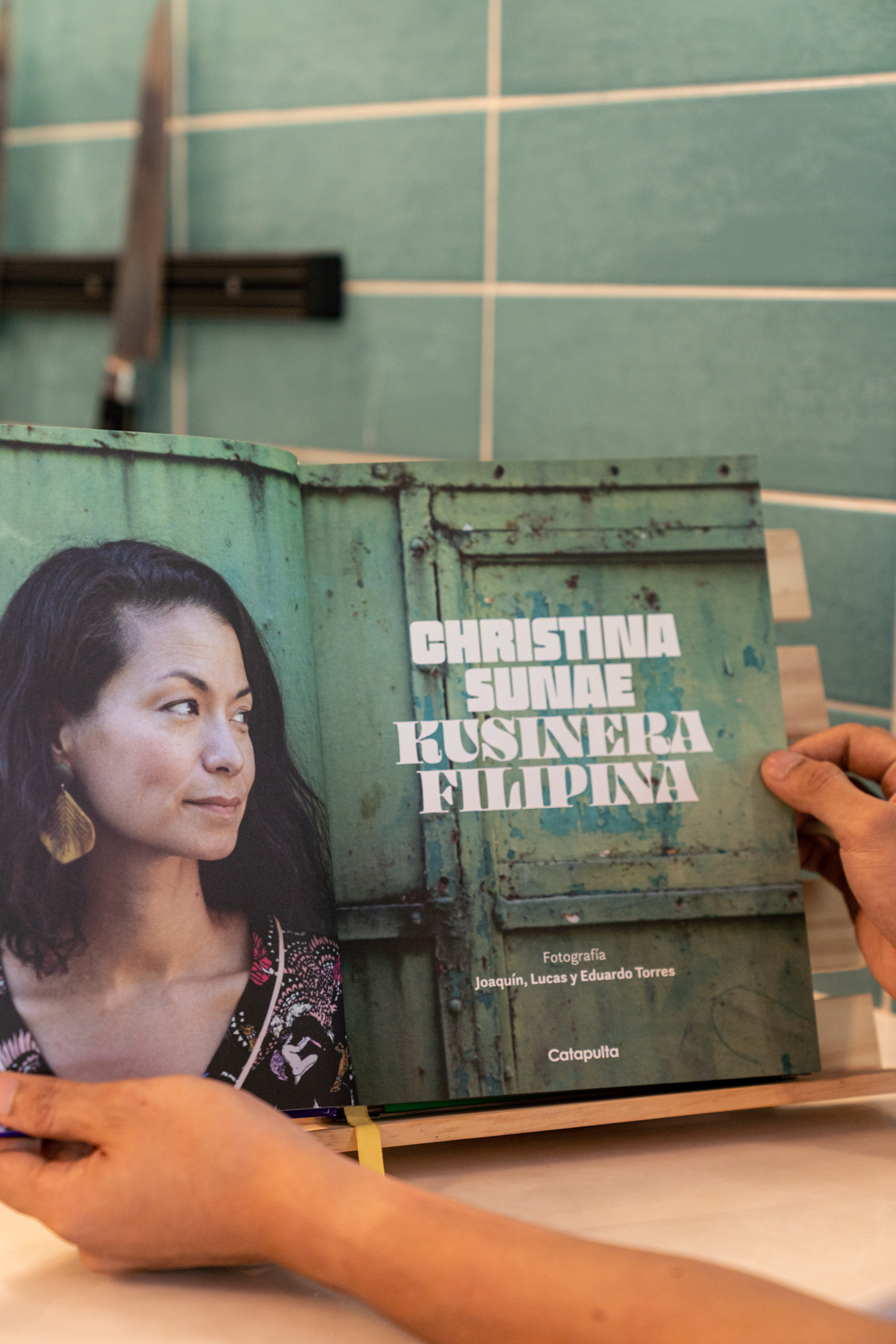
When she isn’t making food, Sunae is in pursuit of knowledge. Her book “Kusinera Filipina,” which is only locally available at her restaurant, is an attention-grabbing conduit of personal passions and adventures.
Driven by a desire to explore Filipino cuisine in a format that speaks to an important facet of herself and over 572 million individuals worldwide, the all-Spanish culinary tome takes readers on a wild ride across the archipelago. While translated cookbooks are available, “There are no other cookbooks that are written in Spanish about Filipino cuisine,” she says.
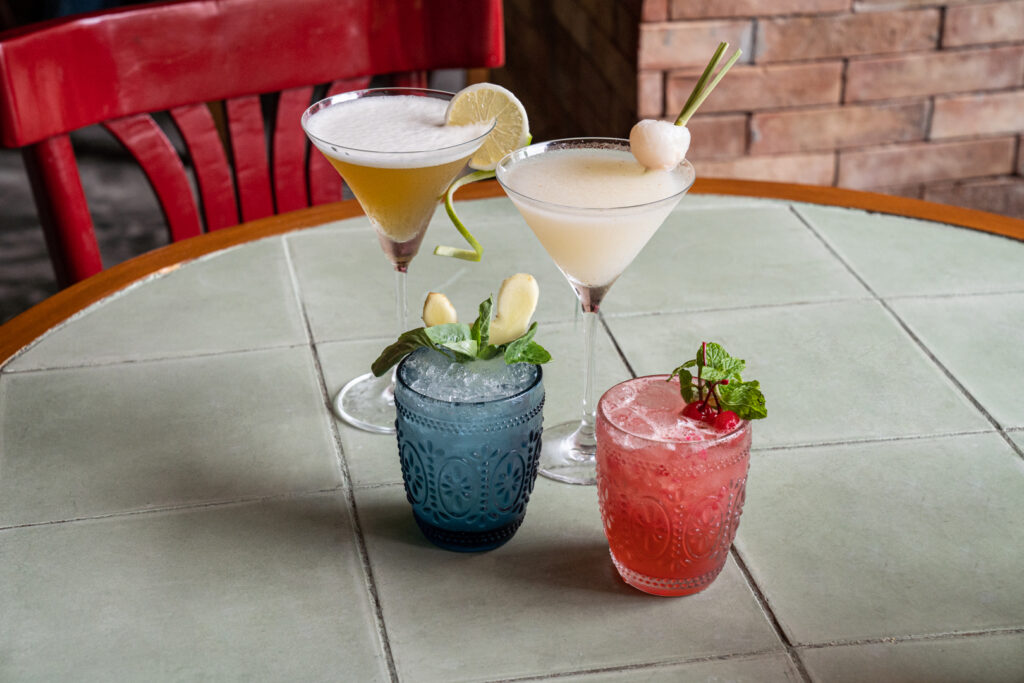
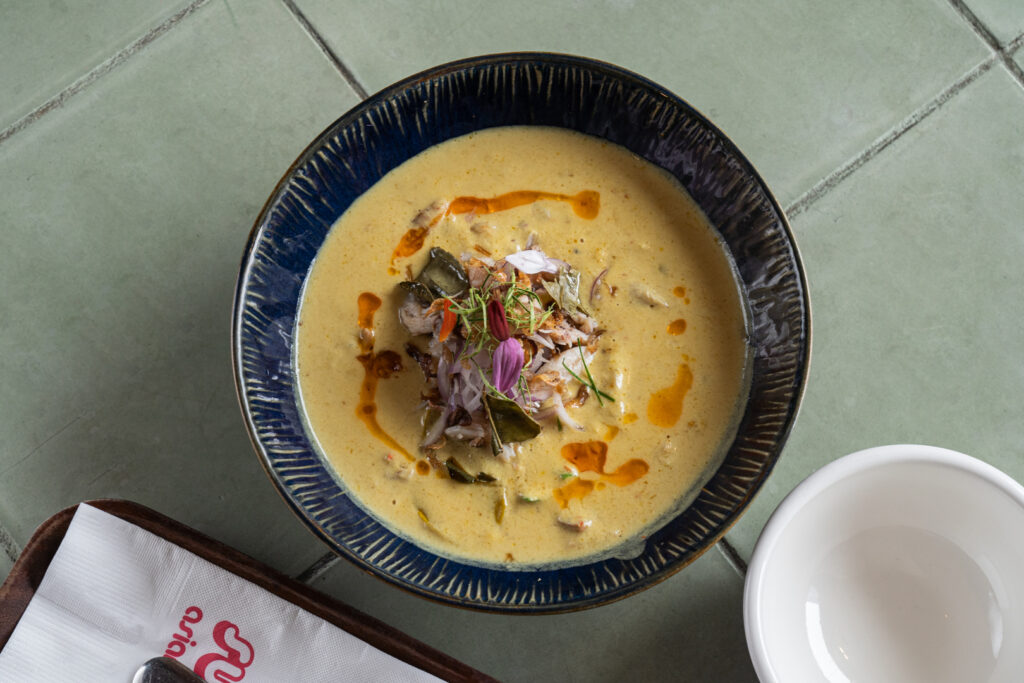
Alongside renowned Argentinian photographer Eduardo Torres, Sunae soaked up everything she encountered in 22 days across 12 cities and towns before refining everything she learned into its glossy literary form.
“We tried to capture the culture—the food, the landscape, and the people. The happiness of Filipino people,” she says. “There are recipes in the book that you’ve never heard of because I learned it in Mindanao, Catanduanes, or Iloilo.”
“Everything surprised me,” she says when asked if there were any astonishing revelations. “There’s so much to discover in the Philippines. I went to Cotabato and I discovered fermented rice, a sinigang made with kambing; when I went to Cavite, I discovered a dessert made with fermented rice cakes; I learned so many things, like different fish in the Philippines. I always eat bangus and tilapia but when you go to different parts of the country, there are other fish as well and techniques.”
“There’s so much to discover in the Philippines. I went to Cotabato and I discovered fermented rice, a sinigang made with kambing; when I went to Cavite, I discovered a dessert made with fermented rice cakes,” says Christina Sunae.
There is a lot to be found in the book—stories of food, recipes, illustrations, creative photography, and even personal anecdotes like driving down a rainy night in Ilocos and witnessing “frogs jumping in front of me”—but more than anything, it’s Sunae’s point of view portrayed with a lot of heart, respect for identity, and an ability to find her way back to that distinct Filipino taste that would resonate with many people regardless of where or who they are.
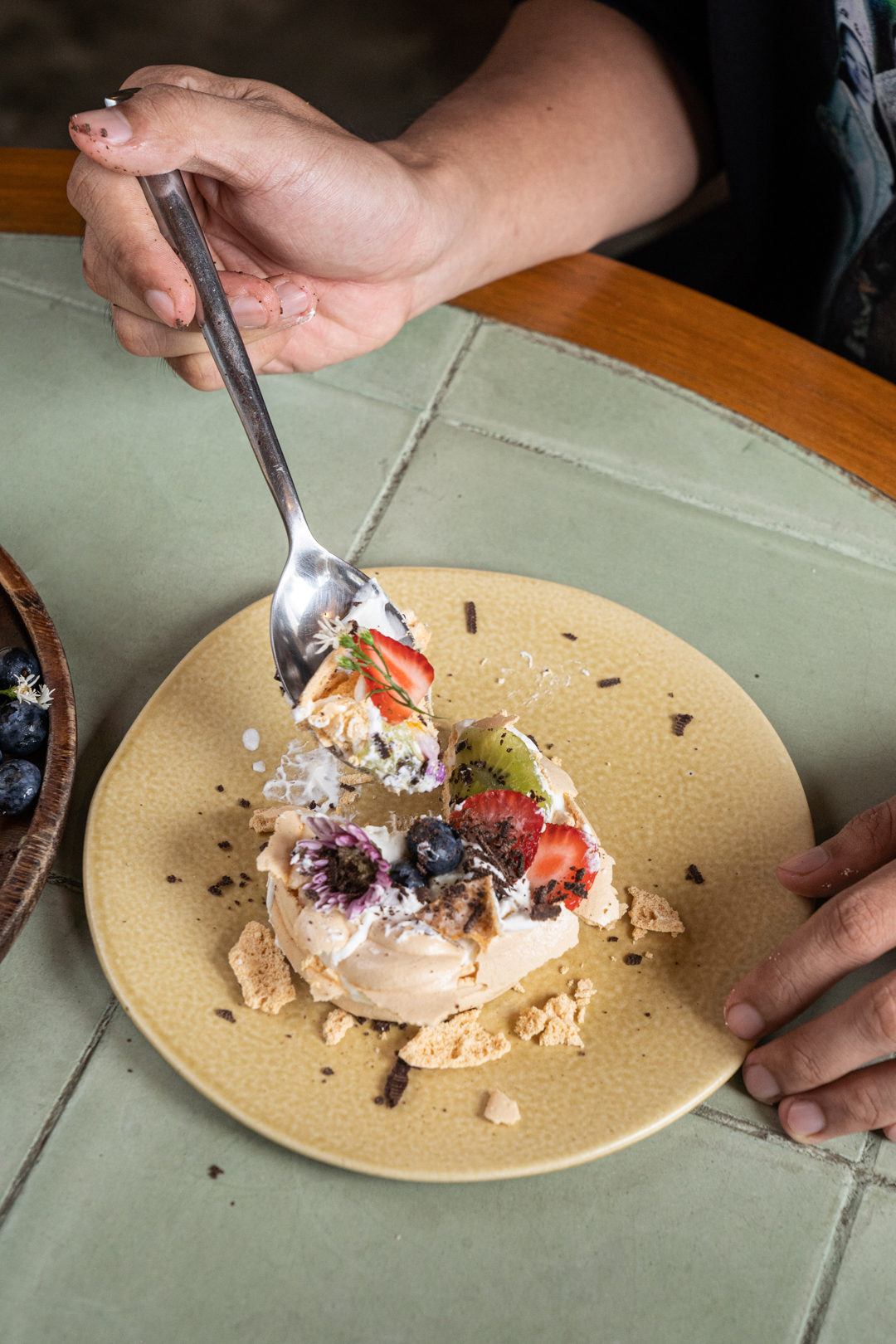
“I focused on using ingredients that are available worldwide instead of products only available in the Philippines,” she says about the recipes in the book. “So I used my palate to replace ingredients but to get to the same Filipino flavor.”
No matter how much the pandemic has affected the food industry, it’s worth noting that it didn’t stop anyone from creatively staying on their toes. While Sunae’s comeback feels like a throwback as she recalls the last two years, it’s refreshing to see a chef fully understand her place in the world.
As mad and unsettling as it currently is.












































